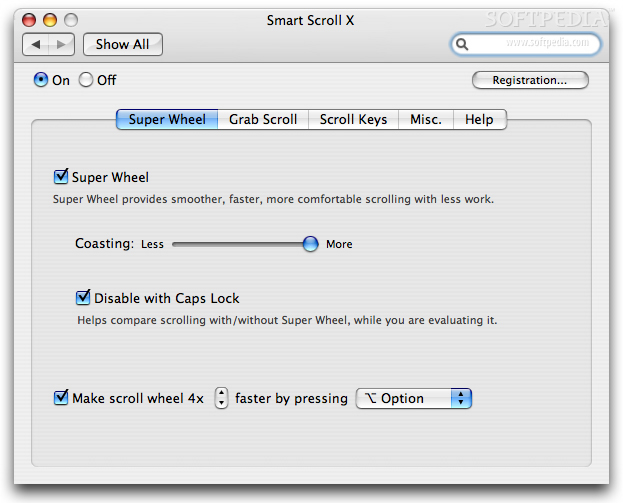

Only plain text is allowed in the composer window, but this does not mean that MailMate cannot generate nicely formatted emails when the need arises. MailMate does not support rich text editing with WYSIWYG (What You See Is What You Get).
#REVIEW HOUDAHSPOT 4 UPDATE#
In any case, as soon as you update the To header of a message then the From address is updated if you have previously sent anything to the same recipient. If you select an explicit account then the default From address is the first address defined for the account.

You can override this behavior using the “New Message” preference. When creating a new message (not a reply) then the default From address is based on the current context (mailbox and currently displayed/selected messages). Note that you can always Quick Look attachments (⌘Y). This makes some users prefer to never inline PDFs.
#REVIEW HOUDAHSPOT 4 PDF#
Inlined PDFs are shown using the img HTML tag (primarily to avoid PDF plugins), but the PDF format can be used for both small images and large PDF documents. You can always change the displayed alternative by using “View ▸ Message Body Parts ▸ Next/Previous Alternative” (⌥⌘] / ⌥⌘[) and MailMate will remember your choice for individual messages. This is useful if you dislike the look of the rich text (HTML) formatted messages you receive. This tells MailMate to display the plain text alternative of a message whenever such an alternative exists. An exception is the option to “Prefer Plain Text”. Most of the viewer related preferences are self-explanatory. They are used to configure 4 separate counters. The 4 radio buttons to the left are not used to configure the position of a single counter. Note: The current interface in the preferences pane can be misleading. The same format string is used for the messages shown in the menu bar submenus. An advanced format string can be used to define the information shown about the message. Finally, it is also possible to enable notifications for each counter. Each counter can have its own sound which is triggered when a counter is increased due to the arrival of new messages. Selecting a message brings you to the relevant mailbox. If displayed in the menu bar then each counter includes a submenu with up to the 10 most recent messages related to the counter. For each counter you need to select a mailbox and what to count in the mailbox. MailMate allows you to configure 4 message counters which can be displayed in the dock and/or the menu bar. If desired this folder can be hidden in the Finder just like the Library folder is hidden by default in macOS. Therefore MailMate offers the slightly mysterious “Custom location” option which can be used to move the Messages folder to a Spotlight searched location.

This is because Spotlight ignores files in the application support folder. When enabled you can use Finder (or third party applications like HoudahSpot) to search for emails, but it still won’t work in Spotlight. It takes time and resources to index a large collection of emails and therefore it needs to be optional. It only works if you enable indexing in the General preferences pane. In other words, you can use Spotlight to search your emails, but there are some caveats. eml) which is the internal format used by MailMate, but fortunately MailMate can and does provide its own Spotlight plugin for this type of file. When a query is made, the indexed metadata is searched for matching files.”Īpple does not index standard email files (. Using Apple’s own words “Spotlight provides fast desktop searching by extracting metadata in the background and storing the indexed metadata for future searches. If you also identify yourself then you may get some feedback as well with help or additional questions. This can be done easily and discreetly by allowing MailMate to automatically send any crash reports to Freron Software. In order to help the future development of MailMate then it is important that you consider reporting any issues you have with MailMate. They are used to open messages by referring to the the value of Message-ID or Content-ID email headers.Ĭustom key bindings are described in a separate section. Most email clients support the mailto: URL scheme which is used to create new messages, but MailMate also supports the message:, mid:, cid: URL schemes. The “Default Email Composer” is the email application used when the system needs an application to handle a URL. If you do not find what you need then you can also try to take a look at the list of hidden preferences. The “MailMate ▸ Preferences…” (⌘,) menu item provides access to a range of preferences which you can use to tweak the look and behavior of MailMate.


 0 kommentar(er)
0 kommentar(er)
